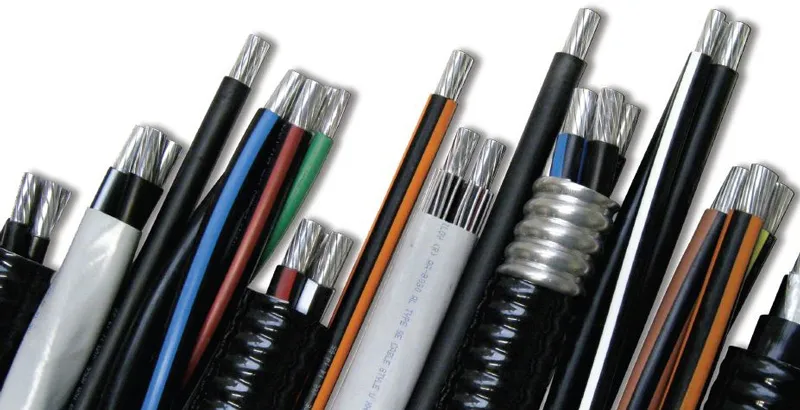Novemba . 08, 2024 04:00 Back to list
Wafer Type Dual Plate Check Valve Specifications and Applications
Understanding Dual Plate Check Valve Wafer Type A Comprehensive Guide
The dual plate check valve wafer type serves a critical function in various industrial applications, ensuring the efficient flow of fluids while preventing backflow. This mechanism is particularly valuable in systems where it is essential to maintain the direction of fluid movement. In this article, we will delve into the features, benefits, applications, and installation considerations of dual plate check valves, specifically focusing on the wafer type design.
What is a Dual Plate Check Valve?
A dual plate check valve is a specialized type of valve that operates automatically, opening and closing according to the flow of the fluid. It features two plates (or discs) that pivot on a hinge. When the fluid flows in the desired direction, the plates open, allowing passage. Conversely, if the flow reverses, the plates close to prevent backflow. This simple yet effective mechanism helps in maintaining system integrity and efficiency.
Wafer Type Design
The wafer type check valve is designed to fit between two flanges in a pipeline, hence the term wafer. Unlike traditional check valves, which are bulky and require additional space, wafer type valves are compact and lightweight. This design enables easy installation between piping systems without the need for extra supports. The wafer design also minimizes the pressure drop across the valve, ensuring that the flow remains as unobstructed as possible.
Key Features
1. Compact and Lightweight The wafer type construction allows for a smaller footprint, making it ideal for installations with limited space. 2. Low Pressure Drop The streamlined flow path ensures that the pressure drop through the valve remains low, contributing to overall system efficiency.
3. Durability Constructed from robust materials, dual plate check valves are designed to withstand high pressures and corrosive environments, making them suitable for various applications, including chemicals, water treatment, and pharmaceuticals.
4. Simple Maintenance The design of the dual plate check valve allows for easy inspection and maintenance, reducing downtime and operational costs.
Benefits of Dual Plate Check Valves
1. Improved Reliability The dual plate design provides enhanced reliability compared to single disc check valves. The two plates create a more balanced opening and closing action, reducing wear and tear.
dual plate check valve wafer type

3. Energy Efficiency Due to their low-pressure drop characteristics, dual plate check valves help maintain energy efficiency in fluid transport systems.
4. Reduced Noise The design of these valves minimizes slamming during operation, reducing noise levels in industrial settings.
Applications
Dual plate check valves are widely used in various sectors, such as
- Water and Wastewater Management They prevent backflow in sewage systems and treatment plants, ensuring that effluents do not reenter clean water supplies. - Oil and Gas Essential in pipeline systems to prevent backflow and protect downstream equipment. - Chemical Processing Help in maintaining fluid flow direction in processes that could be hazardous if backflow occurs.
- Power Generation Used in cooling water systems to ensure unidirectional flow, protecting pumps and turbines from damage.
Installation Considerations
When installing a dual plate check valve wafer type, it is crucial to pay attention to a few key factors
1. Orientation Ensure the valve is installed in the correct orientation to facilitate proper flow direction. 2. Support Although wafer valves are lightweight, they should still be properly supported to avoid undue stress on the piping system.
3. Material Compatibility Select a valve made from materials compatible with the fluid being transported, ensuring longevity and performance.
4. Regular Maintenance Establish a routine inspection schedule to maintain functionality and prevent potential issues.
Conclusion
The dual plate check valve wafer type is an efficient, reliable solution for managing fluid flow in various industries. With its compact design, low pressure drop, and ease of maintenance, it is an essential component that enhances operational efficiency and safety. Understanding its features and applications helps engineers and maintenance teams make informed decisions for their fluid management systems, paving the way for optimal performance in their operations.
Share